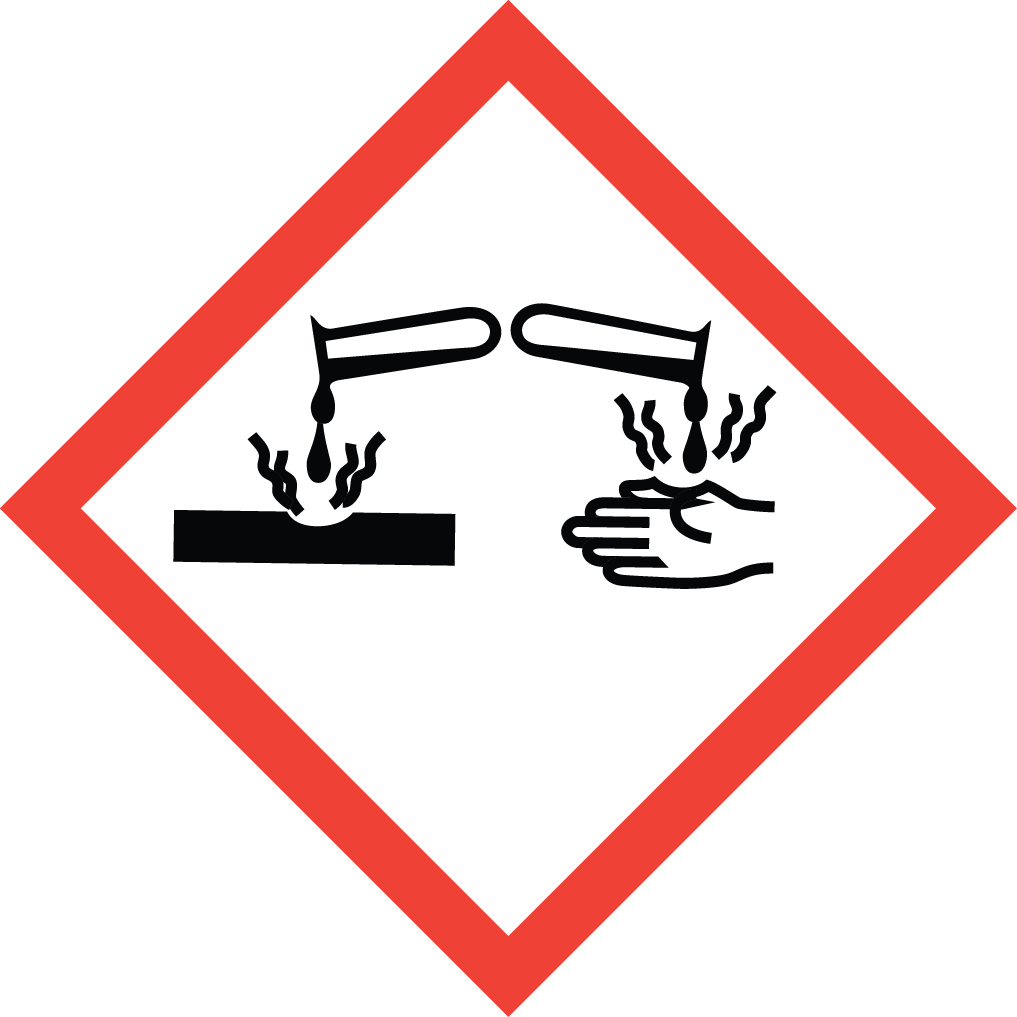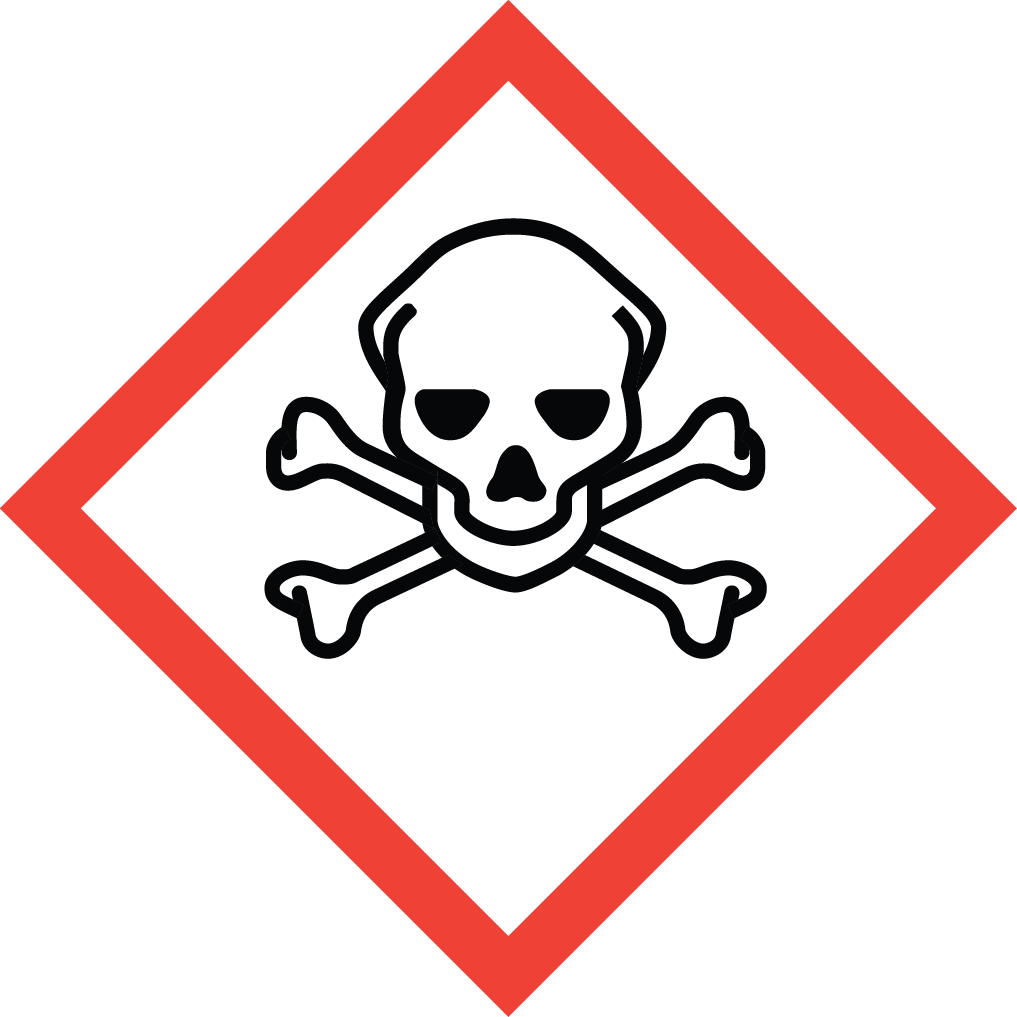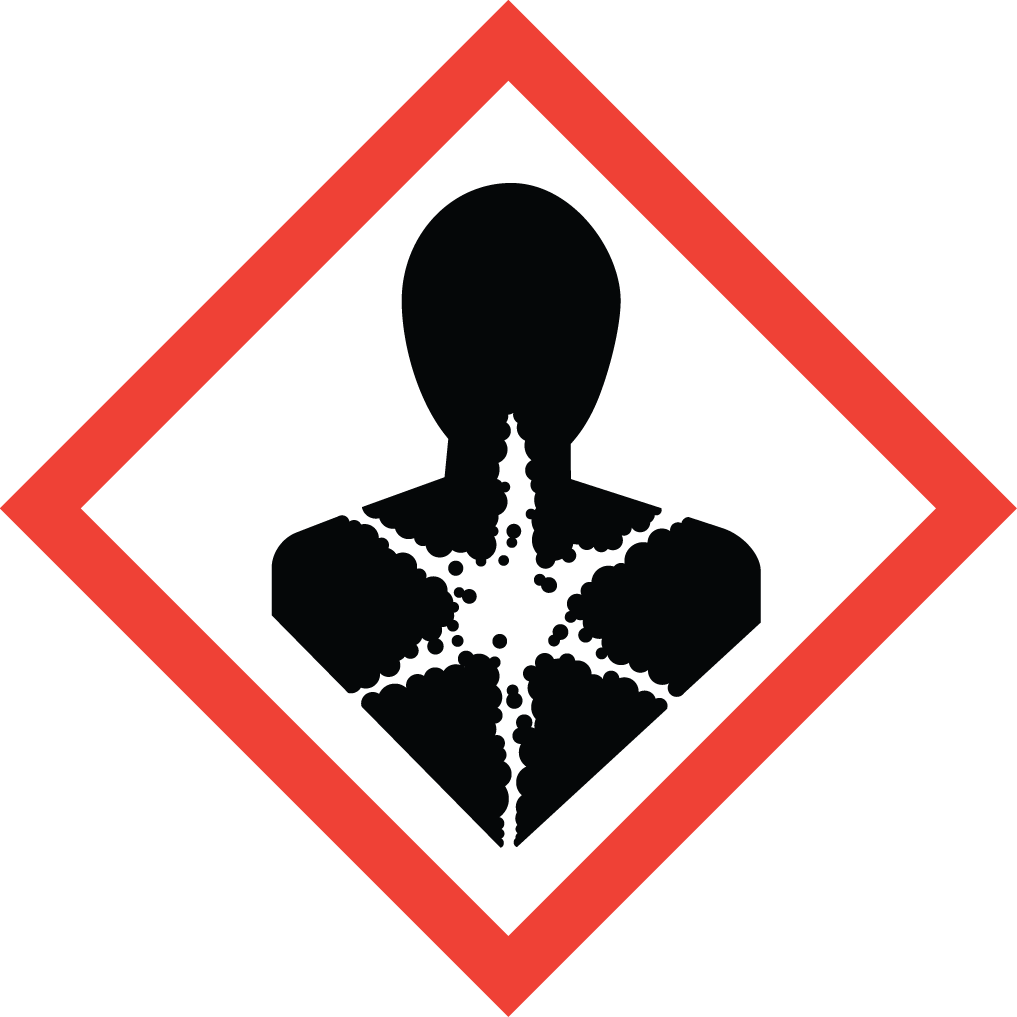Aure Chemical: Reliable Supplier of High-Purity Phosphorus Oxychloride
Aure Chemical is a premier global supplier of high-quality Phosphorus Oxychloride (POCl₃), commonly known as Phosphoryl Chloride. Identified by its CAS number 10025-87-3, this inorganic compound is a colorless to pale yellow fuming liquid with a pungent odor. Phosphorus Oxychloride is a highly versatile and reactive chemical intermediate, widely recognized for its powerful capabilities as a phosphorylating agent and a chlorinating agent. It plays an indispensable role in the synthesis of a broad range of phosphorus-containing organic compounds, making it crucial for the manufacturing of phosphate esters (used as plasticizers and flame retardants), as well as serving as a key building block in the synthesis of pharmaceuticals and agrochemicals. Due to its corrosive nature and strong reactivity with water, handling and transportation of Phosphorus Oxychloride demand the utmost expertise and strict adherence to stringent safety protocols. Aure Chemical's unwavering commitment to excellence ensures that our Phosphorus Oxychloride meets the demanding purity and performance requirements for your most critical industrial and laboratory applications, guaranteeing consistency, safety, and reliability.
Basic Information of Phosphorus Oxychloride
Phosphorus Oxychloride (CAS No. 10025-87-3) is meticulously produced and rigorously tested to meet stringent quality standards. We ensure exceptional purity and consistent performance, essential for your critical applications:
| CAS No.: | 10025-87-3 |
|---|
| EC No.: | 233-046-7 |
|---|
| Linear Formula: | POCl₃ |
|---|
| Molecular Weight: | 153.33 |
|---|
| Appearance: | Clear, colorless to pale yellow, fuming liquid. |
|---|
| Odor: | A pungent odor |
|---|
| Melting Point: | 1.25 °C(lit.) |
|---|
| Boiling Point: | 107 °C |
|---|
| Density: | 1.645 g/mL at 25 °C(lit.) |
|---|
| Reactivity: | Highly reactive with water (hydrolyzes vigorously to phosphoric acid and hydrochloric acid), alcohols, amines, and other nucleophiles. Strong phosphorylating and chlorinating agent. |
|---|
| Corrosivity: | Highly corrosive to metals in the presence of moisture and to organic tissues. |
|---|
| Fuming: | Fumes strongly in moist air. |
|---|
| RIDADR: | UN 1810 8, 6.1/PG 2 |
|---|
| Chemical Structure: |  |
|---|
Our commitment to delivering high-purity Phosphorus Oxychloride ensures a reliable and efficient component for your critical processes, offering consistent quality for diverse industrial needs, while prioritizing uncompromising safety in handling and logistics.
Primary Applications of Phosphorus Oxychloride
Phosphorus Oxychloride's unique chemical properties, particularly its ability to introduce both phosphorus and chlorine, make it an indispensable compound with extensive applications across various chemical synthesis pathways:
Production of Phosphate Esters:
One of its most significant applications is in the manufacturing of phosphate esters. These versatile compounds are widely used as plasticizers (improving flexibility in plastics), flame retardants (enhancing fire resistance in polymers, textiles, and coatings), and functional fluids.
Pharmaceutical Manufacturing:
Phosphorus Oxychloride serves as a crucial intermediate and reagent in the synthesis of various active pharmaceutical ingredients (APIs) and their intermediates. It is used to introduce phosphate groups or chlorine atoms into complex organic molecules, essential for drug development.
Agrochemical Production:
It is widely employed in the synthesis of numerous agrochemicals, including insecticides, herbicides, and fungicides, where phosphorus and chlorine functionalities are critical for their biological activity.
Chlorinating Agent:
Beyond phosphorylation, $POCl_3$ acts as an effective chlorinating agent for converting alcohols to alkyl chlorides, and sometimes acids to acid chlorides, particularly in the absence of water.
Catalyst and Dehydrating Agent:
In some reactions, it can function as a catalyst or a dehydrating agent due to its strong affinity for oxygen and ability to form stable byproducts like phosphorus pentoxide ($P_2O_5$) when heated.
Specialty Chemical Synthesis:
Plays a role in the synthesis of other specialty chemicals, including specific types of resins, dyes, and other phosphorus-containing compounds.
Why Choose Aure Chemical for Your Phosphorus Oxychloride Supply?
Aure Chemical is dedicated to providing superior chemical solutions and unparalleled customer support. By partnering with us for your Phosphorus Oxychloride requirements, you benefit from:
Exceptional Purity & Consistent Quality: Our Phosphorus Oxychloride is manufactured to stringent purity specifications, crucial for optimizing performance and yield in sensitive chemical synthesis reactions, such as those in pharmaceutical and flame retardant production.
Uncompromising Safety & Compliance: Given the extreme hazards associated with Phosphorus Oxychloride, Aure Chemical maintains world-class safety standards. Our manufacturing, storage, and transportation protocols are meticulously designed to adhere strictly to international safety regulations and best practices, ensuring maximum security for this highly reactive material.
Reliable Global Supply Chain: We maintain a robust and efficient global supply network, guaranteeing timely and secure delivery of this critical chemical to your facilities worldwide, with specialized logistics for hazardous and corrosive liquids.
Expert Technical & Safety Support: Our dedicated team of experienced chemists and highly trained safety specialists is readily available to offer comprehensive guidance on product application, stringent safe handling procedures, emergency response planning, and optimal storage conditions for Phosphorus Oxychloride.
Commitment to Quality & Responsible Stewardship: We adhere to the highest industry standards for quality management, environmental responsibility, and product stewardship across all our operations, ensuring peace of mind for our clients and the responsible management of hazardous chemicals.
Choose Aure Chemical for a trustworthy and dependable supply of high-quality Phosphorus Oxychloride. We're ready to support your most demanding and innovative industrial processes with an unwavering commitment to safety and excellence.
Hazards Classification
GHS Classification: Corrosive (GHS05), Acute Toxicity (GHS06), Health Hazard (GHS08)
Hazard Statements: Causes severe skin burns and eye damage; fatal if inhaled; harmful if swallowed; may cause respiratory irritation; reacts violently with water.
UN Number: UN 1810
Hazard Class: 8 (Corrosive Substances), 6.1 (Toxic Substances)
Packing Group: II
 GHS05: Corrosive
GHS05: Corrosive GHS06: Acute toxicity
GHS06: Acute toxicity GHS08: Health hazard
GHS08: Health hazard
